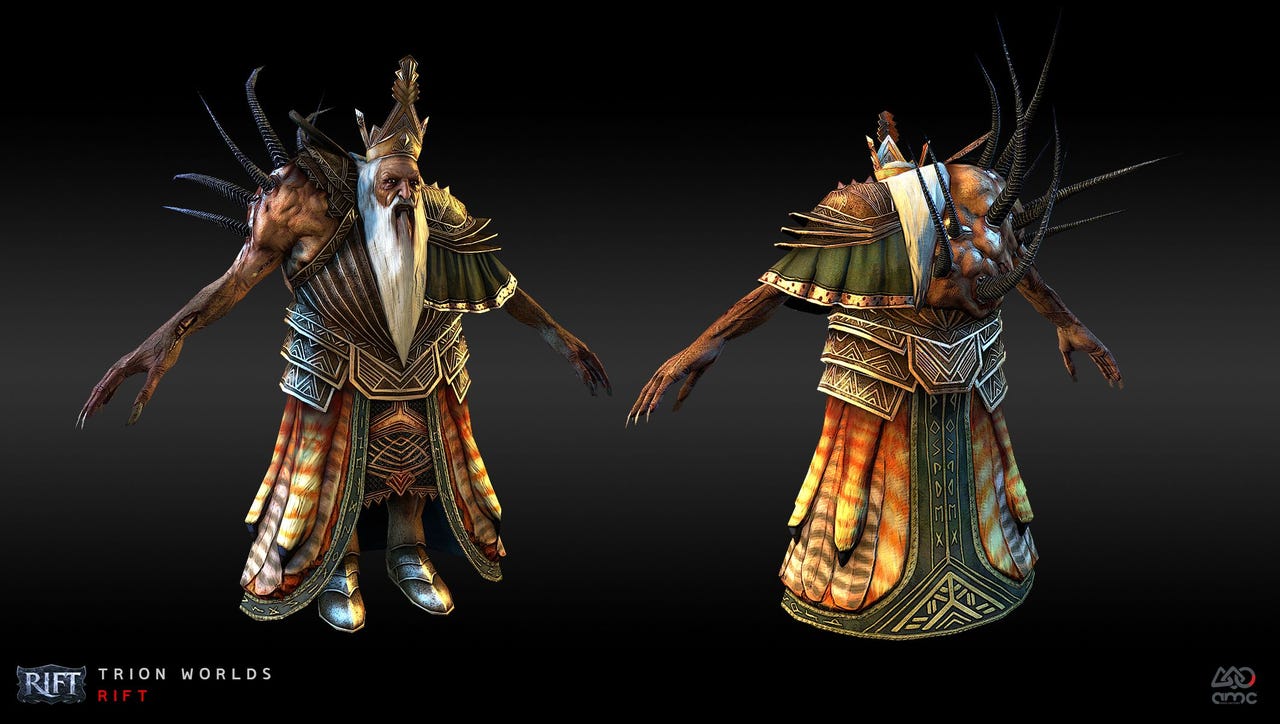Romania's software boom: Why double-digit growth looks locked in


3D art created by the fast-growing Romanian graphics company, AMC Pixel Factory.
Things have never gone better for AMC Pixel Factory, a Romanian company that has been doing gaming and film graphics for Walt Disney, Electronic Arts, Activision, and Warner Bros. It reached €1m ($1.1m) turnover last year, a 25 percent increase on 2014.
"We had a rough time during the recession because our partners decided to cancel some projects, but now things are looking bright," AMC Pixel Factory co-founder Cristina Neamtu says.
Bright enough for them to be thinking about doubling their turnover by 2018, by expanding collaboration with existing clients and acquiring new ones.
Bucharest-based AMC Pixel Factory started as a family business but is now moving towards becoming a mid-size enterprise, encouraged by last year's books. And they're not the only ones seeing growth.
The turnover of the Romanian software and services sector reached €3.08bn ($3.4bn) last year, up 21 percent on 2014, according to Software and IT Services in Romania, a study commissioned by local tech industry employers' association ANIS.
"The most significant growth came from exports, over 32 percent [compared with 2014], while the domestic market only advanced by four percent," ANIS executive director Valerica Dragomir tells ZDNet.
Much of the growth can be attributed to the higher prices that local companies are asking for their services, she says.
The report reckons that the turnover in software and IT services will continue to increase, this year alone by 17 percent, taking the sector to a value of €3.6bn. ANIS expects an average growth of 15 percent year on year, at least until 2020.
Romania's software and IT services sector is projected to show double-digit growth until at least 2020.
Meanwhile, Dragomir and her team are working to develop the country's talent pool, encouraging formal as well as informal education programs. Romania has about 100,000 techies at the moment, ranging from software engineers to tech support, and is producing 7,000 new IT graduates each year. But the industry could do with more, she says.
"We have talented IT people, some of whom are becoming more and more specialized in niche technologies, and this really matters for companies that decide to do projects in Romania," she says.
Other initiatives are targeting the startup sector, because the products it creates might one day generate a higher added value than outsourcing. More local companies are deciding to launch startup schemes or to support those already taking place.
Technology remains the most dynamic sector of the Romanian economy, contributing significantly to the country's growth in recent years. It accounted for seven percent of Romania's gross domestic product in 2015. By 2020, ANIS aims to take it to 10 percent.
That figure isn't far-fetched, according to Dragomir's team, as several tech companies are prospecting Eastern Europe with a view to setting up shop, and Romania is a sought-after destination, due to the skilled talent pool and lower costs lower than Western Europe's.
In the first quarter of 2016, GDP showed an increase of 4.2 percent year on year in Romania, the highest annual growth among the European Union's 28 member states, according to Eurostat's preliminary data. This hike was fueled by several measures such as value-added tax reduction, which encouraged domestic demand.